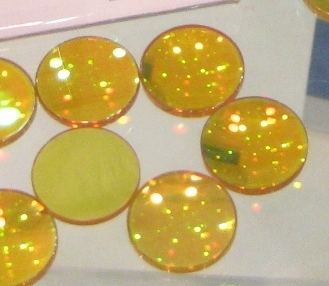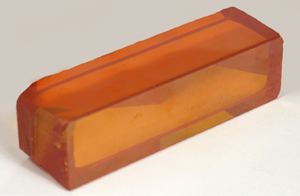Formula ZnSe Density 5.27 g/cm³ Appearance light yellow solid | Molar mass 144.35 g/mol Melting point 1,525 °C Pubchem 4298215 | |
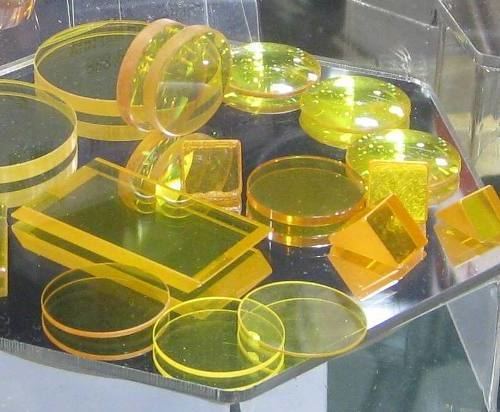 | ||
Zinc selenide
Zinc selenide (ZnSe) is a light-yellow, solid compound comprising zinc (Zn) and selenium (Se). It is an intrinsic semiconductor with a band gap of about 2.70 eV at 25 °C (77 °F). ZnSe rarely occurs in nature, and is found in the mineral that was named after Hans Stille called "stilleite."
Contents
- Zinc selenide
- Zinc selenide znse beamsplitter sales dmphotonics com
- Properties
- Applications
- Chemistry
- References
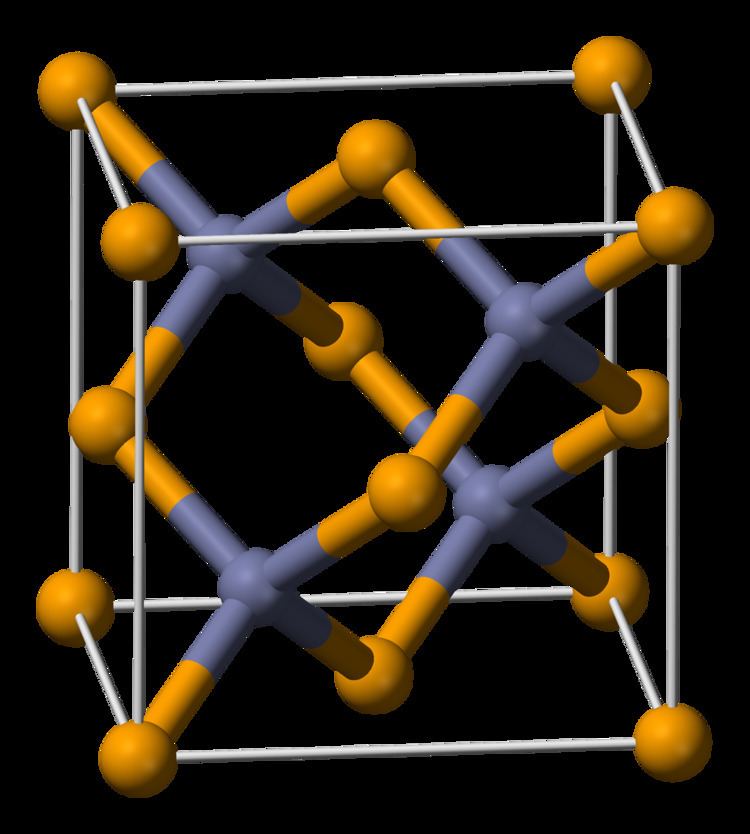
Zinc selenide znse beamsplitter sales dmphotonics com
Properties
ZnSe can be made in both hexagonal (wurtzite) and cubic (zincblende) crystal structure.
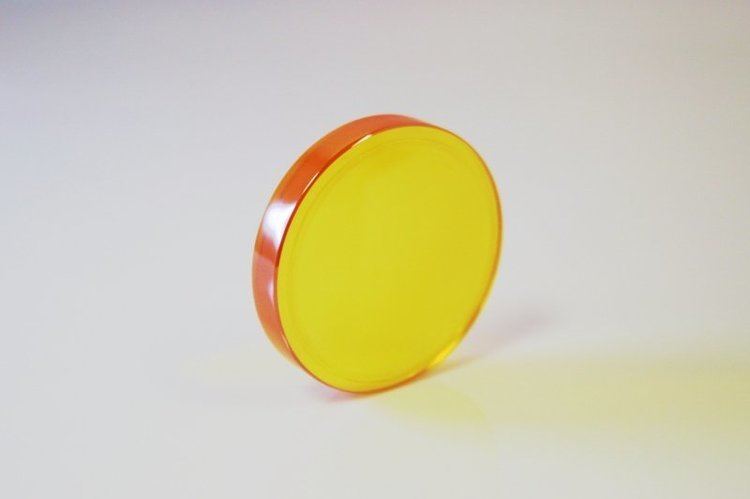
It is a wide-bandgap semiconductor of the II-VI semiconductor group (since zinc and selenium belong to the 12th and 16th groups of the periodic table, respectively). The material can be doped n-type doping with, for instance, halogen elements. P-type doping is more difficult, but can be achieved by introducing gallium.
Applications
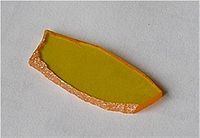
Chemistry
ZnSe is insoluble in water, but reacts with acids to form toxic hydrogen selenide gas.
It can be deposited as a thin film by chemical vapour deposition techniques including MOVPE and vacuum evaporation.
